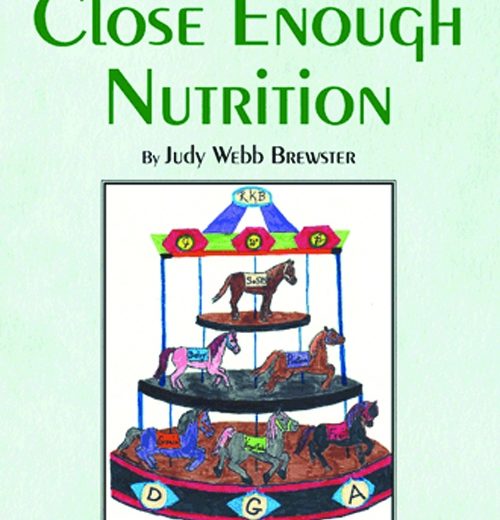
Close Enough Nutrition deciphers the massive amount of information inside the 2005 and 2010 Dietary Guidelines for Americans so the “average Judy” can understand it.
Brewster studied the 2005 and 2010 Dietary Guidelines for Americans, combined that knowledge with Nutrition Facts label specifications and then tried to eat as closely as possible to the Dietary Guidelines’ recommendations on about $5 a day. To help herself stick to the plan, Brewster designed a daily nutrition spreadsheet and used information from the Nutrition Facts label to log the calories, grams, milligrams, vitamins and minerals.
Brewster addresses many common consumer questions about the Nutrition Facts labels and food product claims, including: serving sizes in grams and standard cup measures; whole grain and fiber confusion; carbohydrate content in terms of natural sugar and added sugar; fat, cholesterol and trans fat; and no salt added versus reduced-sodium label claims. She also includes spreadsheets with information on a variety of food products across the food groups, including many convenience foods and some vegan items. Because not everyone follows the 2,000-calorie diet on which Nutrition Fact data is calculated, Brewster includes charts that have been modified for a variety of caloric intake levels. These are great tools for readers.
BOTTOM LINE: Close Enough Nutrition is an easy read and provides some basic information about the Dietary Guidelines for Americans and the Nutrition Fact labels. The sample daily nutrition worksheets are great tools for consumers to use to see how their food choices compare to the Dietary Guidelines recommendations, but readers may still need to seek the advice of a registered dietitian nutritionist to get personalized nutrition advice.
